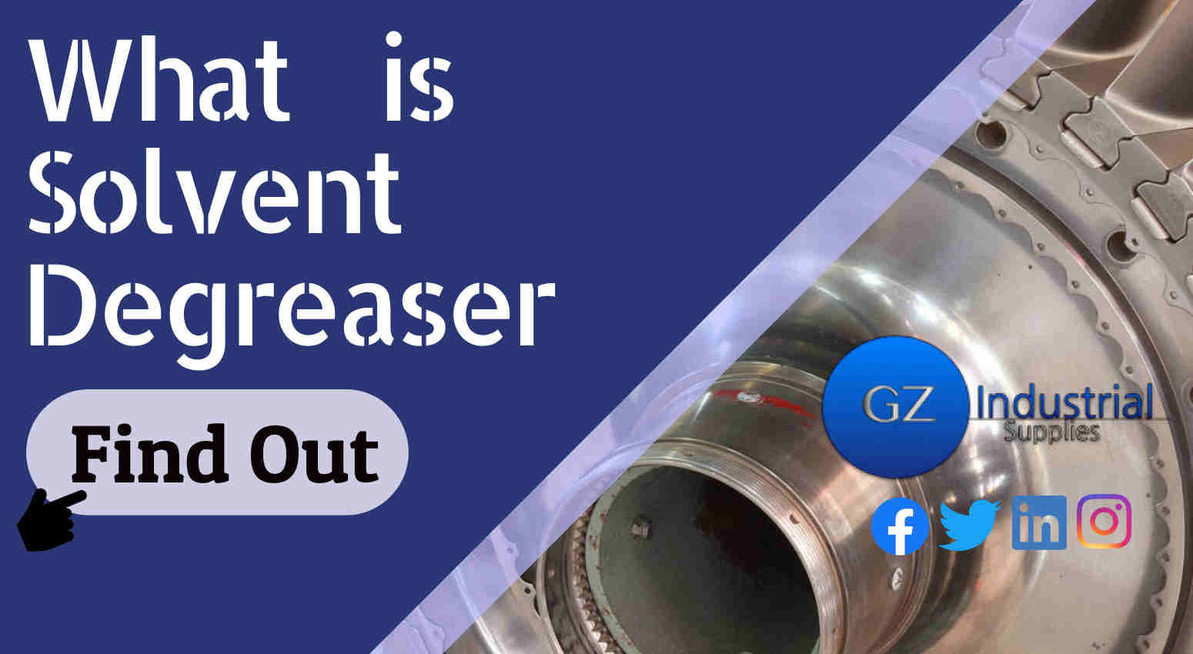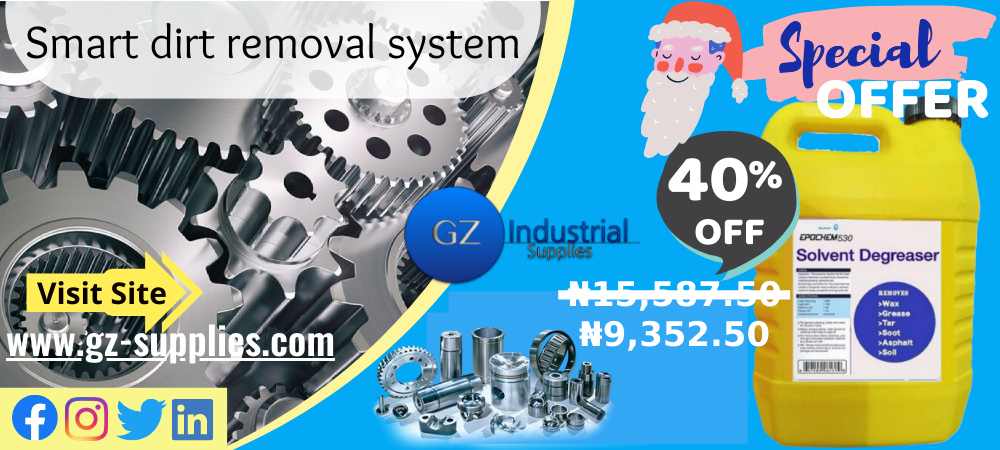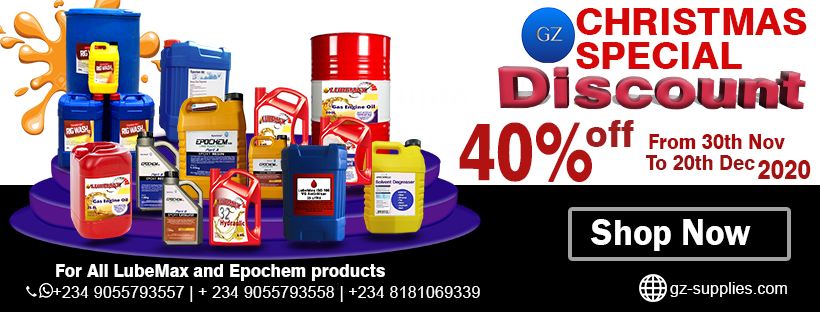What is Solvent Degreaser
What is Solvent Degreaser
While there are numerous Solvent degreaser products in the market that claim they will leave your engine or tools sparkling clean, choosing the right one can be tough.
Table of Contents
Introduction
Benefits of Solvent Degreaser
Safety Concerns and How to Apply Solvent Degreaser
Frequently Asked Questions about Solvent Degreaser
Conclusion
Generally speaking however these products contain some kind of agitator that works to break down the grease, oil and dirt as well as a solution into which the agitating ingredients are suspended.
Introduction
Solvent degreaser is the process where grease, oil, wax and other surface contaminants are removed from work pieces. They typically use organic solvents (such as trichloroethylene and Kerosene). Solvent degreasing is commonly carried out in metal working industries, and especially in garages and the automotive and related industries. Usually applied when cleaning things like engines and other mechanical parts that get covered in. Most degreasing solvents are, to a greater or lesser extent, harmful to health and therefore require some form of control measures to minimise or eliminate the risk to the user.
Designed to quickly penetrate and emulsify even the heaviest oil and grease. Ideal for use in the most demanding of industrial, automotive and engineering applications. It does not contain any hazardous solvents that can present an issue to users. developed out of need, since the chemical industry and our economy rely heavily on petroleum and its by-products, there has been tremendous need to develop a degreaser composition that can effectively clean the various types of oils usually encountered in marine and refining equipment such as engines, ship decks, tanks and the like and yet does not possess the numerous disadvantages which are inherent in other degreaser in the market, these products are unsatisfactory to use in marine and other industrial cleaning purposes because they contain petroleum based solvents and other toxic organic diluent.
Benefits of Solvent Degreaser
Fully Biodegradable
VOC Free
Respirator not required
Low degree of evaporation
Universal products – one product is able to clean parts, machines and surfaces within heavy industry
Removes salt
Suitable for preparation of painting with water based or solvent based paints
No effect on rubbers or plastic
Does not damage painted surfaces
Many industrial processes like electroplating cannot be performed until the base product has been cleaned with a degreaser. That’s because, oil and grime accumulation on the surface will not allow the metal plating to adhere to the desired surface.
The Society for Testing and Materials (STM) defines six groups of major contaminants in industrial parts. They are pigmented compounds, non-pigmented grease, rust and scaling, chips and buffing. Statistics show that oil dispersant cleaners and degreasers are very well equipped to deal with all six groups.
The other basic advantage is the anti-corrosive properties of these cleaners which prevent the formation of rust. Additionally, the cleaning by products are less hazardous in nature resulting in safe disposal. Apart from this, industrial cleaners impart a high intensity shine to the metal surface.
Safety Concerns and How to Apply Solvent Degreaser
Wear suitable protective clothing, including eye and face protection. Protect electrical equipment such as the distributor and coil, etc., by wrapping them in plastic. Use Solvent Degreaser direct from the container. Brush or spray the Solvent Degreaser onto the area to be cleaned. Allow 10-15 minutes for the Degreaser to soak into the grease, oil and dirt or work the product into the deposit before hosing off. The Degreaser will then form a quick-break emulsion which carries away the grease, oil and dirt. In areas where a build-up of old grease has occurred, a second application of degreaser may be necessary.
Frequently Asked Questions about Solvent Degreaser
What do I look for when selecting a Solvent Degreaser?
Like when selecting any other product, there are a number of options available, and trade-offs to consider. It is tempting to jump right to the lowest price, but there are a number of other factors that can have a big impact on performance and safety:
Flammability – Many commercially available Solvent degreasers contain alcohols and hydrocarbon solvents, which are very flammable. They are economical and generally effective cleaners, but can pose a safety hazard without proper ventilation, and if there are open flames, sparks (e.g. welding process), or hot surfaces nearby. Non flammable degreasers are available to avoid these safety issues, but may be offered at a premium price. Some nonflammable cleaners also have significant toxicity concerns, and may contain toxic materials such as Perchloroethylene, trichloroethylene or n-propyl bromide. High flashpoint (often called “high flash”) solvents are still flammable, but the vapors are less likely to combust in normal ambient temperatures (say below 140°F/60°C).
Dielectric strength – If you plan to remove grease and grime when the power is on, or may turn it on before the solvent has fully evaporated, you should look for a cleaner with as high of dielectric strength as possible. Always know the amperage and voltage of the circuits you are trying to clean before spraying anything onto the circuits, and evaluate the suitability of any cleaner in your application. Dielectric strength is defined as the maximum electric field that the material can withstand before its insulating properties break down. In other words, the lower the dielectric strength, the more likely it will breakdown and allow electricity to flow through it, creating a short circuit and/or a significant safety issue./or a significant safety issue.
Plastic / Rubber compatibility – While not a concern for metal cleaning, plastic packaging and components, along with rubber gaskets need to be watched closely as a new cleaning process is implemented. If the solvent used in a degreaser is incompatible with the plastic, it can craze (create small cracks), embrittle, or soften the material. Rubber seals may swell, shrink or even dissolve if exposed to a harsh solvent. A new degreaser should always be tested before being used extensively on your new (and expensive) equipment.
Are there Solvent Degreasers that are More Toxic than others?
N-Propyl Bromide (nPB), Trichloroethylene (TCE) and Perchloroethylene (Perc) are toxic chemicals commonly used in degreasers to provide cleaning performance in a nonflammable formula. There are cited examples where workers suffered major health effects when exposed to high levels of these chemicals. Workers reported headaches, dizziness, and even loss of full body control. Further studies have shown a possible link to reproductive problems and cancer.
These risks have driven maintenance facilities to rethink their solvent choices, especially with manual cleaning when exposure tends to be higher than the more automated cleaning processes. Contact cleaning, by its very nature, is very hands-on, so close control of chemical exposure is generally very challenging. How many electricians do you see with a respirator? The best option is to avoid the most toxic solvents, even if they are legal and readily available.
Conclusion
Solvent degreaser effectively loosens and dissolves build ups of oil, grease and tar very quickly and with little agitation. It can be used on metal chains, engines, concrete, agricultural and marine equipment, motor chains, gardening equipment, asphalt, tar, and other industrial equipment.
Spray onto oily and greasy surfaces. For heavy build up, agitate with degreasing brush. Allow to penetrate for a few minutes and then hose off with water.
Your choice of industrial cleaner should depend on the type of contaminant you want to remove, the amount of cleaning agent needed, kinds of oil dispersing agents and post cleaning waste disposal system. For example, a food manufacturer must use a cleaner that is food safe. Heavy industrial cleaners sometimes emit waste products, which must be disposed of immediately to protect the surroundings.
Once you have studied your requirements, do well to contact GZ Industrial Supplies. It’s best to explain your requirements to us as we can suggest multiple options to you.
Our Solvent degreaser offers multiple advantages and an informed choice will go a long way in ensuring optimum cleaning and maintenance of your product. Packaging is in 5 liters, 20 liters and 200liters drums. You can also buy from any Epoxy Oilserv offices nationwide.
Recent Posts
-
Dongcheng Rotary Hammer: A Comprehensive Guide for Contractors
Key takeaway;The DongCheng Rotary Hammer serves as an invaluable resource for contractors seeking to …Apr 26, 2024 -
Innovative Uses of Construction Chemicals in Modern Architecture
Construction chemicals are essential compounds used in building structures, with polymers being one …Apr 25, 2024 -
Comparing Inverter Generators vs. Conventional Generators
Key takeawayWhen comparing inverter generators to conventional generators, it's essential to co …Apr 24, 2024






